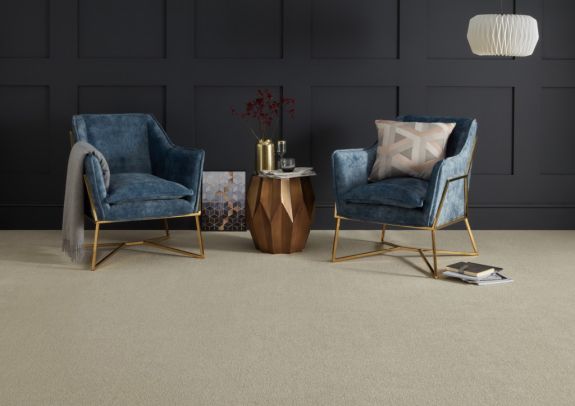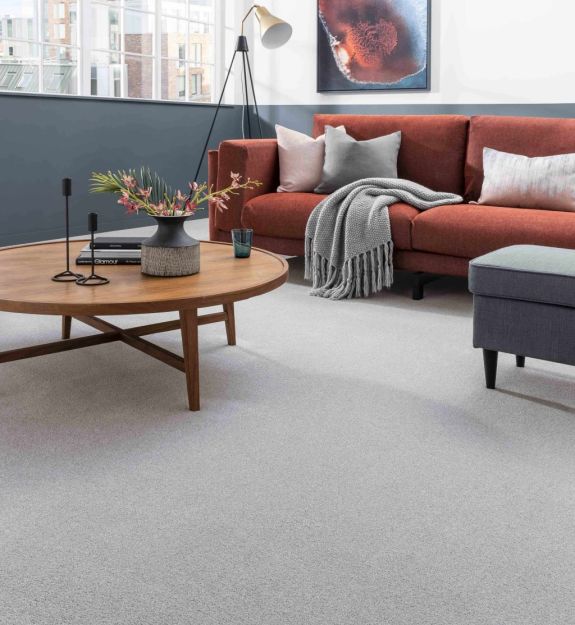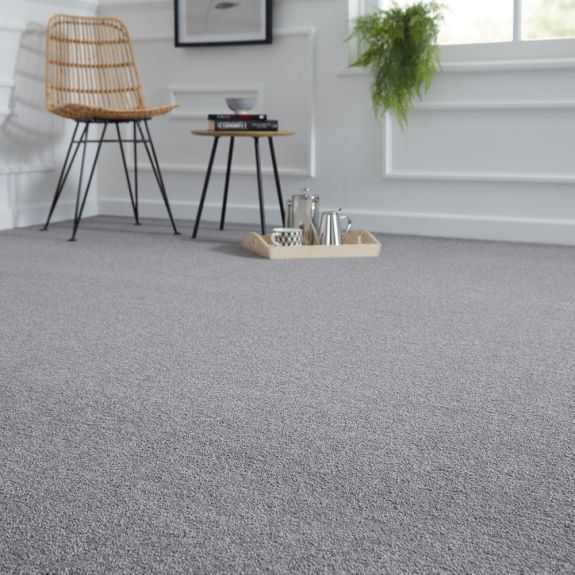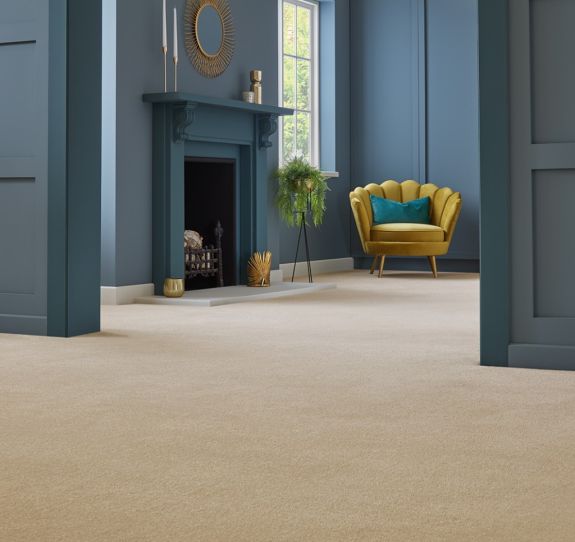Here at Tapi, we don’t think that there is one type of underlay that is better than another. However, we do know that finding the right type of underlay for your flooring will be specific to the space you want to put it in, its purpose, and what it’s placed underneath. The right type of underlay can even vary greatly just depending on your personal preferences too!
Consider first what thickness of underlay you need for the floor type you choose – for example, you can have very thick underlays underneath carpet flooring, but you don’t want thick underlay for use underneath laminate flooring, as it can cause your laminate flooring to lift or feel spongey. Our underlays are available in thicknesses between 7mm to 12mm - come down to your local Tapi store to speak with one of our experts to figure out which thickness is right for you.
Another important factor to consider is the tog rating of your underlay – if you want to get the most heat retention possible then you need to consider a high tog rating for your underlay. However, be careful when choosing underlay to go with underfloor heating, as high tog ratings will actually prevent your underfloor heating from getting through the floor properly! A lower tog rating is more suited to underfloor heating – you can find out more in our guide to the best flooring for underfloor heating.
You may be unsure how different types of underlay will work with your flooring, so you can always get free samples from our Tapi stores to help you visualise exactly how it will look in your home, and which one has the best feeling underfoot for you too. Here's a comparison table to help you weigh up each one.
Underlay specs at a glance












































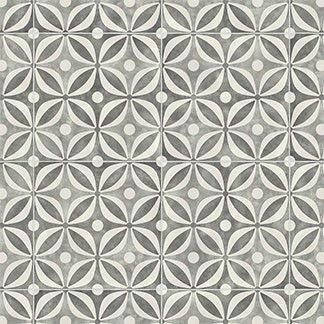
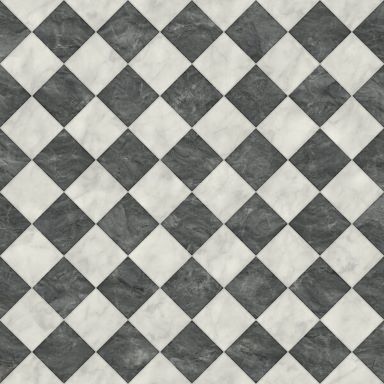

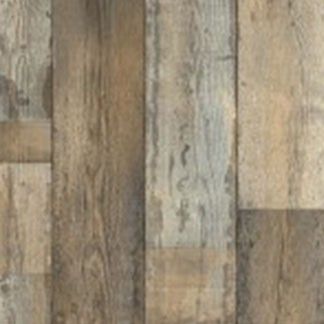











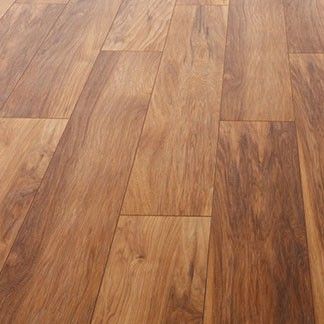
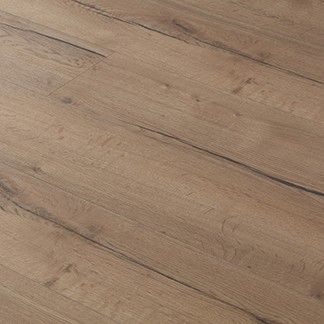


















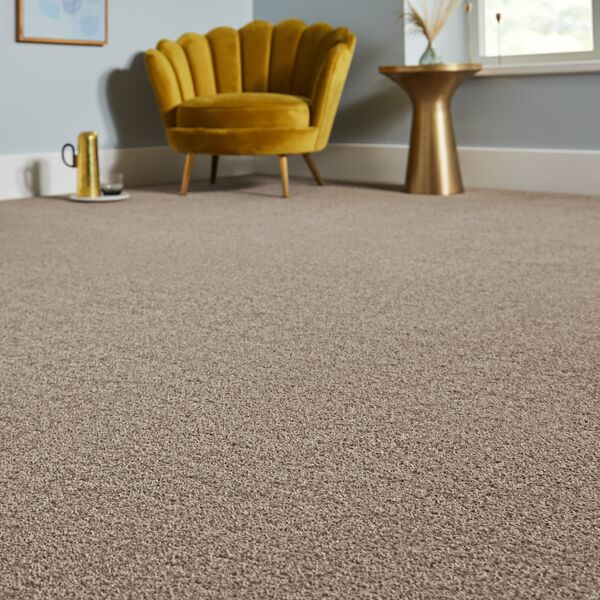
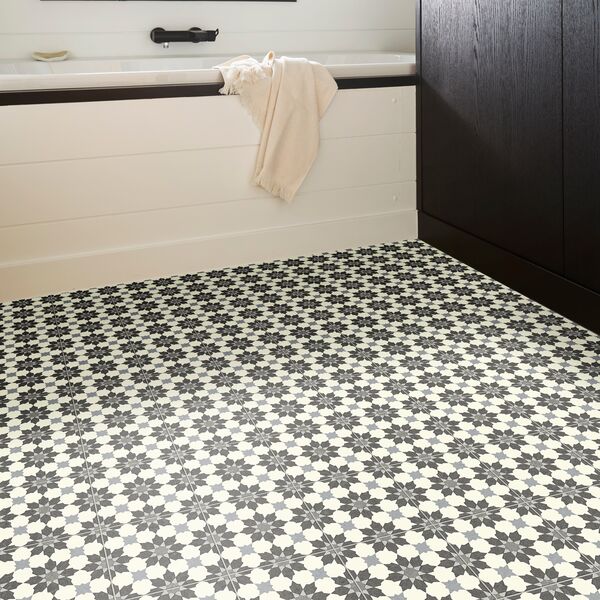
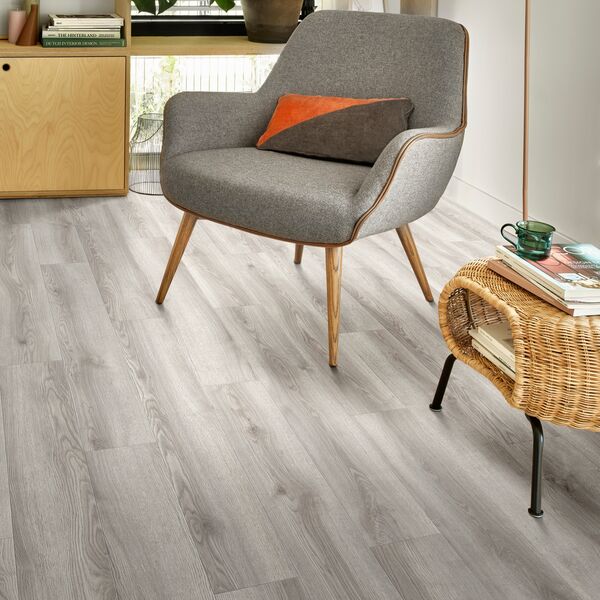

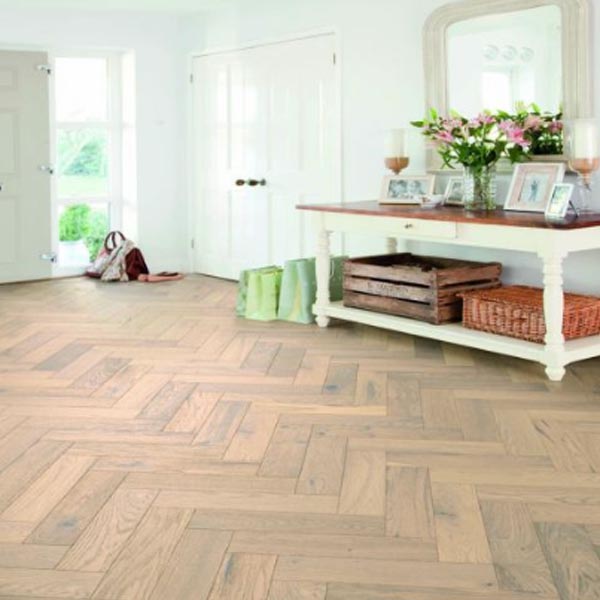

.jpg)
.jpg)

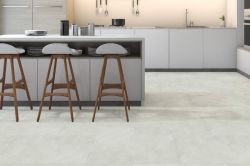










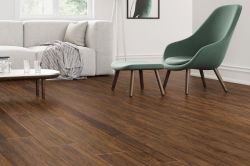



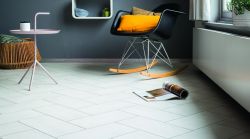




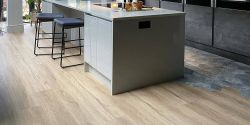


-250.jpg)
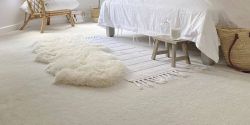


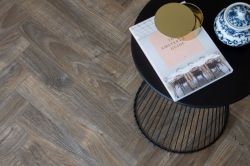

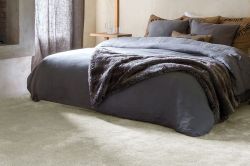

-250.jpg)
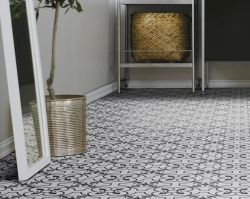

-250.jpg)

 copy-250.jpg)








-250.jpg)
 - Article Image (not header)-250.jpg)
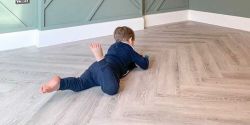
-250.jpg)

-250.jpg)




